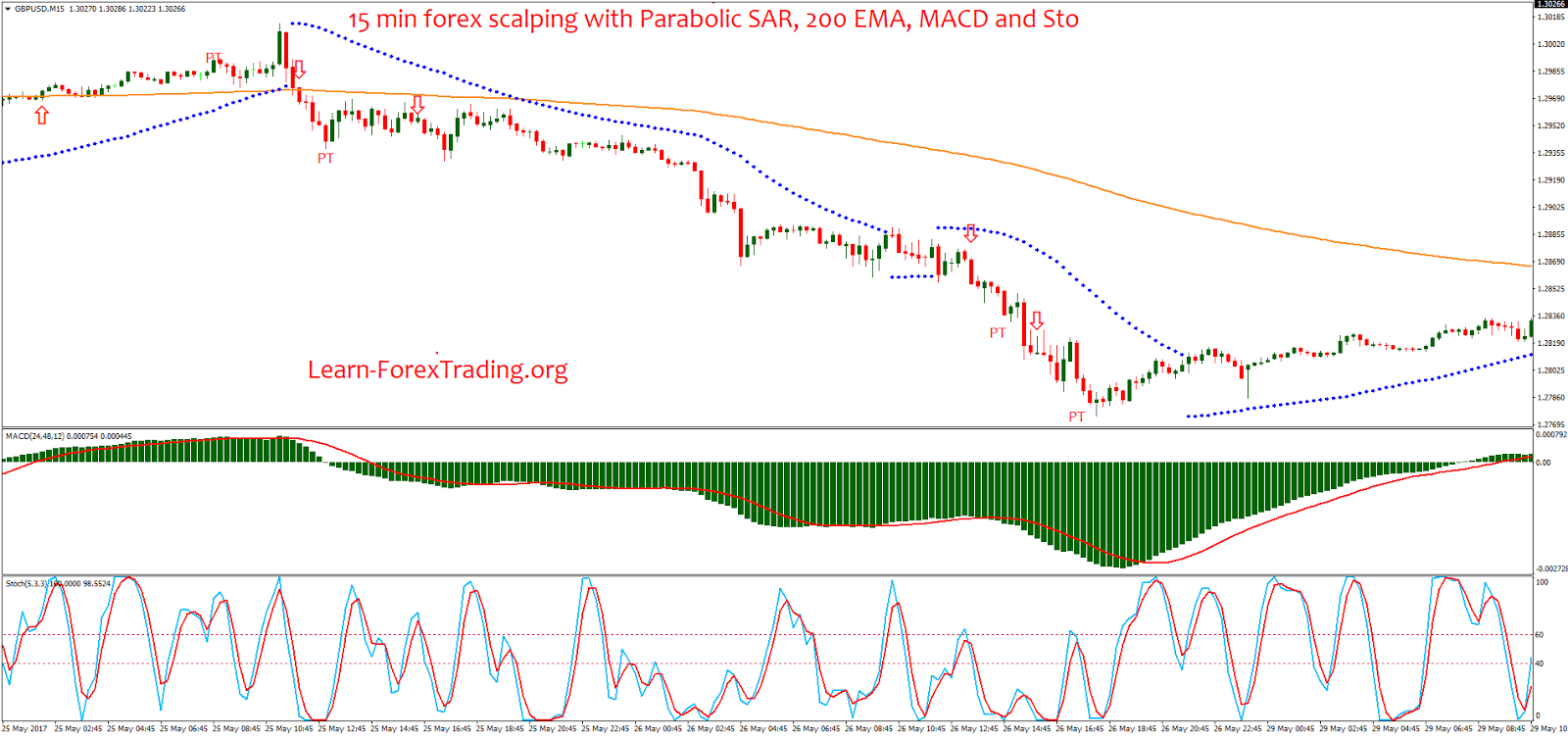
Confirmation: Moving averages can be used as confirmation for other technical indicators or patterns.If the 200-day moving average is rising, you may look for bullish trades in the short term to stay with the trend. Bullish or Bearish Bias: Moving averages represent longer-term trends in price, so many traders use long-term moving averages to bias their short-term trades.For example, you may look at the 200-day moving average for a given stock and notice that the price always seems to react to it. Support and Resistance: Moving averages are common areas of support and resistance.An SMA as a support and resistance level. For example, a day trader may use them as support and resistance levels whereas a swing trader may use them as building blocks for more complex technical indicators or trade setups. Traders use moving averages for many different reasons depending on their trading strategy and goals. Short-term traders tend to use EMAs and long-term traders tend to use SMAs for this reason. On the other hand, an SMA may be too slow to adapt to a changing trend and lead you to miss out on a move. EMAs quickly react to any market hiccups, which could stop out a trade too early. The decision to use an SMA versus an EMA depends on the situation. Blue Line is the EMA and Red Line is the SMA. Exponential Moving Averages: Exponential moving averages, or EMAs, assign a greater weight to more recent price action, which reduces the lag in reaction.Ī 50-day EMA and a 50-day SMA plotted on the same chart showing the difference in lag time.Simple Moving Averages: Simple moving averages, or SMAs, simply average prices over a specified period of time.The two most common types of moving averages include: Others apply more complex formulas to accomplish the same goals of smoothing the line and reducing lag time. For example, displaced moving averages or moving average filters remove outliers to smooth the line without increasing lag time. There are many different ways to calculate moving averages.

The goal is to create a line that shows a trend in the price over time that’s easier to read than choppy day-to-day price movements. For example, a 50-day moving average takes the average closing price over the past 50 trading days and applies that value to the current day. Moving averages represent the average price over a certain period of time. Let’s take a closer look at moving averages and how traders at any skill level can use them to improve their performance. Moving averages can also be incorporated into more complex trading systems using other technical indicators. While a moving average crossover strategy won’t work for every security, simple strategies can be effective for specific securities with the right settings. There’s a perception among some traders that successful trading systems need to be complex in order to be successful. Most traders learn about moving averages when they first study technical analysis, but quickly abandon them as they learn about other more complex technical indicators.


 0 kommentar(er)
0 kommentar(er)
